Southern Opossum
- March 19, 2024
- 0 comment
The Southern Opossum, scientifically known as Didelphis marsupialis, is a fascinating marsupial native to the Americas. These small to medium-sized mammals possess a distinctive appearance with a pointed snout, hairless ears, and grayish-white fur. They are renowned for their prehensile tail and opposable thumbs on their hind feet, which aid in climbing and grasping objects. Southern Opossums are highly adaptable creatures, thriving in diverse habitats ranging from forests to urban areas across Central and South America. They are opportunistic omnivores, feeding on a varied diet that includes fruits, insects, small mammals, carrion, and even garbage.
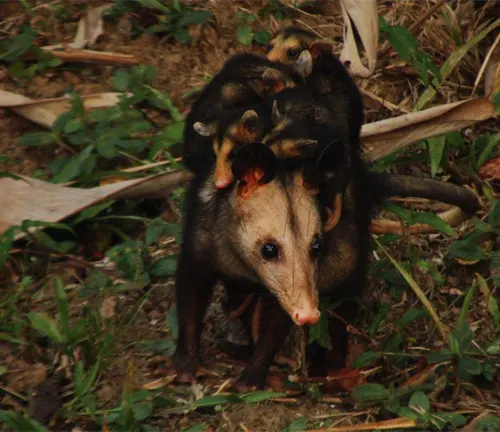
Nocturnal by nature, Southern Opossums are most active during the night, spending their days resting in dens or sheltered locations. They reproduce throughout the year, with females giving birth to litters of tiny joeys that continue to develop in the mother’s pouch. One of the most remarkable behaviors of Southern Opossums is their ability to play dead when threatened, a defense mechanism that has earned them the nickname “playing possum.” Despite facing threats such as habitat loss and predation, Southern Opossums play a crucial role in their ecosystems as both predators and prey, contributing to nutrient cycling and pest control. Understanding and appreciating these remarkable marsupials are essential for their conservation and coexistence with humans.
| Specification | Description |
|---|---|
| Scientific Name | Didelphis marsupialis |
| Size | Small to medium-sized mammal |
| Appearance | Pointed snout, hairless ears, grayish-white fur |
| Tail | Prehensile, assists in climbing and balancing |
| Feet | Hind feet with opposable thumbs |
| Habitat | Diverse habitats including forests, marshes, and urban areas |
| Distribution | Central and South America |
| Diet | Omnivorous, feeds on fruits, insects, small mammals, carrion |
| Activity | Nocturnal, most active during the night |
| Reproduction | Females give birth to litters of tiny joeys |
| Behavior | Solitary, but may tolerate conspecifics in overlapping territories |
| Adaptations | Ability to play dead when threatened |
| Lifespan | Typically one to two years in the wild |
| Conservation Status | Stable population, not considered endangered |
| Ecological Role | Predator and prey, contributes to nutrient cycling |
| Threats | Habitat loss, vehicle collisions, predation |
Understanding a Fascinating Marsupial
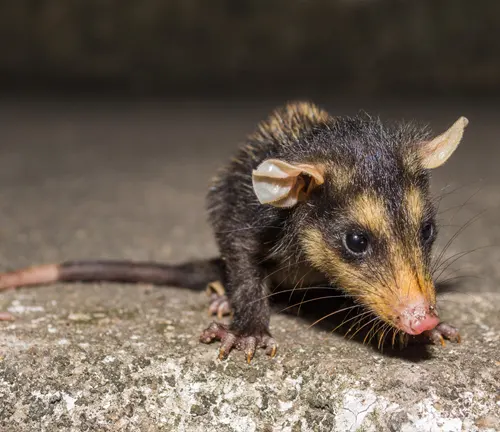
Southern Opossums, scientifically known as Didelphis marsupialis, are intriguing marsupials native to the Americas. These small to medium-sized mammals possess a range of unique features and behaviors that set them apart from other animals. Let’s delve into the world of Southern Opossums to understand their significance in the ecosystem and their fascinating way of life.
Physical Characteristics
Here are the physical characteristics of Southern Opossums:
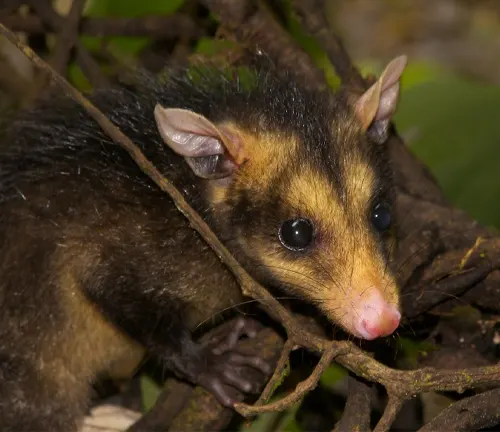

- Size: Southern Opossums are small to medium-sized mammals, typically measuring between 10 to 14 inches (25 to 36 centimeters) in length from nose to rump, with a tail length of approximately 8 to 13 inches (20 to 33 centimeters).
- Appearance: They have a distinctive appearance with a pointed snout, hairless ears, and a long, scaly tail. Their fur is generally grayish-white, with lighter fur on their underside.
- Head: The head of a Southern Opossum is triangular in shape, with a prominent black nose and small, dark eyes. They have sharp teeth, including prominent canines, adapted for their omnivorous diet.
- Ears: Southern Opossums have relatively large, rounded ears that are sparsely haired or entirely hairless. Their ears are highly mobile and can swivel independently to detect sounds from various directions.
- Eyes: Their eyes are small and dark, providing them with limited vision, particularly in daylight. However, they have excellent night vision, which is well-suited to their nocturnal lifestyle.
- Fur: The fur of Southern Opossums is coarse and dense, providing insulation against cold temperatures. It is typically grayish-white in color, although variations may occur, and some individuals may exhibit patches of darker fur.
- Tail: One of the most distinctive features of Southern Opossums is their prehensile tail. The tail is long, thick, and hairless, with rough scales along its length. It is used for grasping objects and aiding in climbing and balance.
- Limbs: Southern Opossums have four limbs, each with five digits. Their hind feet possess opposable thumbs, which aid in grasping and climbing. Their front paws are equipped with sharp claws for digging and capturing prey.
- Gait: When moving on the ground, Southern Opossums have a distinctive, slow-paced gait. They typically walk on all fours, with their tail dragging behind them, although they can also move in a hopping motion when necessary.
- Scent Glands: Southern Opossums possess scent glands located near their anus, which they use for marking territory and communication with conspecifics. These glands emit a musky odor, particularly when the opossum feels threatened or stressed.
Habitat and Distribution
Here’s information about the habitat and distribution of Southern Opossums:
Habitat
Southern Opossums are highly adaptable creatures and can be found in a wide range of habitats across Central and South America. They inhabit diverse environments, including forests, woodlands, grasslands, marshes, and even urban areas. Southern Opossums are particularly adept at exploiting human-altered landscapes, such as agricultural fields, suburban neighborhoods, and city parks. They are often found near water sources, such as rivers, streams, and wetlands, where food and shelter are abundant.

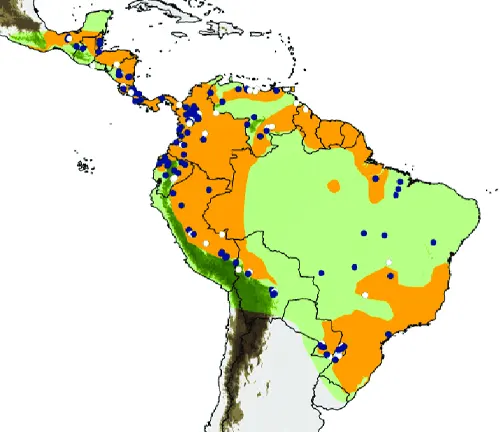
Distribution
Southern Opossums have a broad distribution across their native range in Central and South America. They are found from Mexico and the southern United States through Central America and into South America, reaching as far south as northern Argentina. While their range extends across much of the Americas, Southern Opossums are absent from higher elevations, dense tropical rainforests, and extremely arid regions. Their distribution is influenced by factors such as food availability, habitat quality, and climate conditions.
Diet and Feeding Habits
Here’s information about the diet and feeding habits of Southern Opossums:
Diet
Southern Opossums are opportunistic omnivores, meaning they have a varied diet and will consume a wide range of foods depending on availability. Their diet includes:
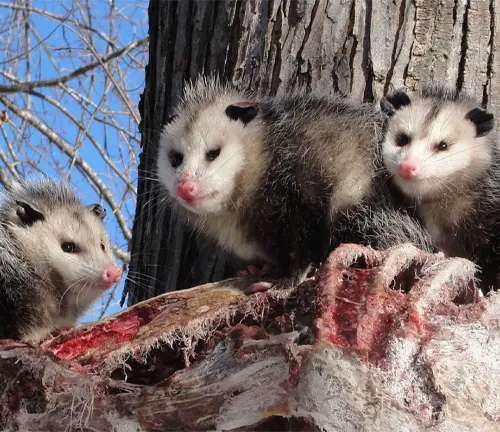

- Fruits and Berries: Southern Opossums feed on a variety of fruits and berries, including those from trees, shrubs, and vines. They are particularly fond of ripe fruits but will also eat unripe or fallen fruit.
- Insects and Invertebrates: Insects and other invertebrates form an important part of the Southern Opossum’s diet. They feed on insects such as beetles, grasshoppers, crickets, and caterpillars, as well as spiders, earthworms, and snails.
- Small Mammals: Southern Opossums are opportunistic hunters and will prey on small mammals such as mice, rats, shrews, and even young rabbits if the opportunity arises.
- Carrion: Southern Opossums are scavengers and will readily consume carrion, including the carcasses of animals killed by predators or those that have died from natural causes.
- Birds and Eggs: Southern Opossums may occasionally prey on birds and their eggs, especially ground-nesting species that are easily accessible.
- Garbage and Human Food: In urban areas, Southern Opossums may scavenge for food in garbage cans and dumpsters, feeding on discarded human food scraps and leftovers.
Feeding Habits
Southern Opossums are primarily nocturnal feeders, meaning they are most active during the night when their prey is also active. They have a keen sense of smell and hearing, which they use to locate food sources. Southern Opossums are adept climbers and will forage both on the ground and in trees and shrubs. They use their sharp claws and teeth to capture and consume prey, and their prehensile tail helps them balance while climbing and reaching for food. Southern Opossums are solitary feeders and typically do not compete with other individuals for food resources. They may cover large home ranges in search of food, especially in areas with low prey density. Overall, their omnivorous diet and adaptable feeding habits contribute to their ability to thrive in a variety of environments.
Behavioral Patterns
Nocturnal Behavior
Southern Opossums are primarily nocturnal animals, meaning they are most active during the night. They spend their days resting in dens or sheltered locations, emerging at dusk to begin their nightly activities. This nocturnal behavior helps Southern Opossums avoid daytime predators and allows them to take advantage of the cover of darkness when foraging for food.

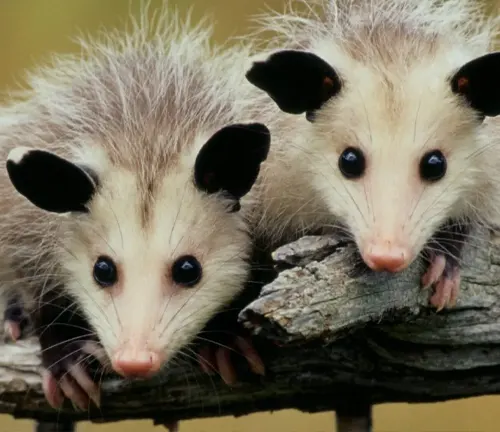
Solitary Nature
Southern Opossums are typically solitary animals, preferring to forage and move alone rather than in groups. While they may tolerate the presence of conspecifics in overlapping territories, interactions between individuals are limited outside of the mating season. Southern Opossums mark their territories with scent glands located near their anus, which helps deter other individuals from entering their territory.
Social Behavior
Despite their solitary nature, Southern Opossums may exhibit social behavior in certain situations. During cold weather, multiple opossums may gather together in communal nesting sites to conserve body heat. However, these gatherings are temporary and do not involve long-term social bonds or group interactions.
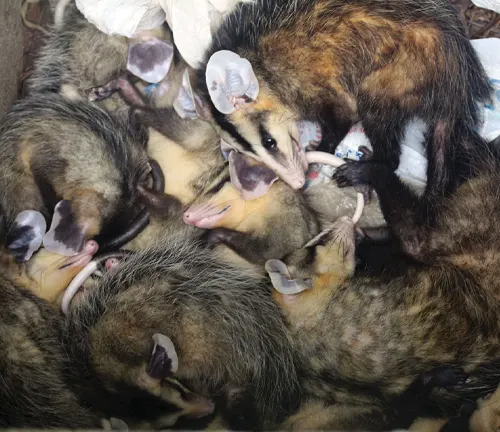
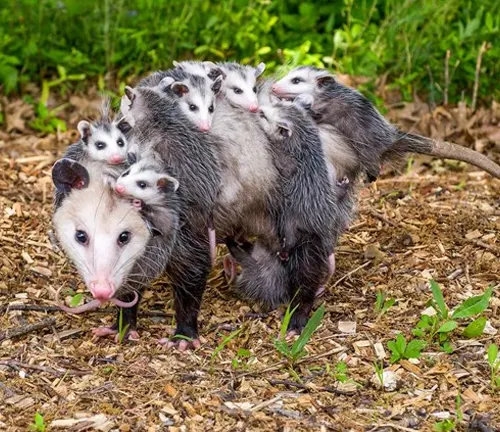
Nesting and Denning
Southern Opossums construct nests or dens in a variety of locations, including hollow trees, brush piles, rock crevices, and burrows abandoned by other animals. They may also use man-made structures such as attics, sheds, and crawl spaces as den sites. Southern Opossums line their nests with leaves, grass, and other vegetation to provide insulation and comfort.
Grooming Behavior
Southern Opossums are fastidious groomers and spend a significant amount of time grooming their fur and removing parasites. They use their front paws and teeth to groom themselves, paying special attention to hard-to-reach areas such as their face and tail. Grooming helps Southern Opossums maintain the health and cleanliness of their fur and skin.
Territorial Behavior
Southern Opossums are territorial animals and will defend their territory against intruders. They use scent marking, vocalizations, and aggressive displays to assert dominance and establish their territory boundaries. Male opossums may exhibit more aggressive territorial behavior, especially during the breeding season when competition for mates is high.
Reproduction and Lifecycle
Here’s information about the reproduction and lifecycle of Southern Opossums:
Reproductive Cycle
Southern Opossums are known for their rapid reproductive rate and ability to produce multiple litters in a single year. They are polyestrous, meaning females can go into heat and breed multiple times throughout the year, typically from late winter to early fall. Males are also capable of breeding year-round.
Mating Behavior
During the breeding season, male Southern Opossums actively seek out females for mating. Males may emit vocalizations and scent markings to attract females and establish dominance over competing males. Once a female is receptive to mating, she and the male engage in a brief courtship ritual before copulation occurs.
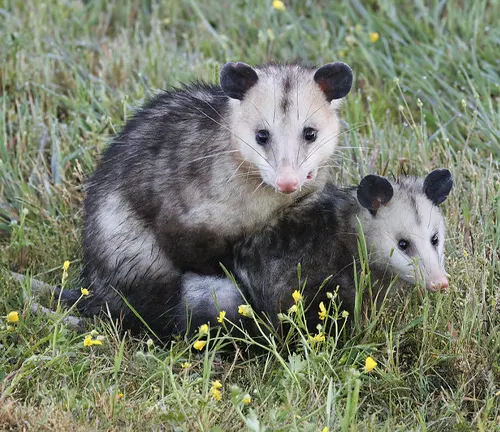
Gestation Period
After mating, the female Southern Opossum carries the developing embryos in her womb for a relatively short gestation period of around 12 to 13 days. This short gestation period is one of the shortest among mammals.
Birth of Young
After the gestation period, the tiny, underdeveloped offspring, known as joeys, are born. The newborn joeys are blind, hairless, and extremely vulnerable. They immediately crawl into the mother’s pouch, where they attach to one of her teats and continue to develop and nurse for several weeks.

Development in the Pouch
Inside the mother’s pouch, the joeys undergo rapid growth and development. They continue to nurse from their mother’s milk, which provides essential nutrients for their growth and survival. As they grow, their eyes open, and they develop fur and begin to explore the pouch.
Leaving the Pouch
After several weeks of development, the joeys become more independent and start venturing out of the mother’s pouch for short periods. They may cling to her fur or ride on her back as they explore their surroundings and learn essential skills, such as climbing and foraging.
Weaning and Independence
Around 2 to 3 months of age, the joeys are fully weaned and become independent of their mother. They leave the pouch for good and begin to venture out on their own, gradually learning to forage for food and navigate their environment. Southern Opossums reach sexual maturity at around 6 to 8 months of age, at which point they can breed and continue the reproductive cycle.
Adaptations and Survival Strategies
Playing Dead (Thanatosis)
One of the most well-known adaptations of Southern Opossums is their ability to “play dead” when threatened by predators. This behavior, known as thanatosis, involves the opossum entering a catatonic state, with its body becoming limp and motionless. Additionally, they may emit a foul odor resembling that of a decaying animal. This defensive mechanism often deters predators, giving the opossum time to escape while the predator is distracted or loses interest.
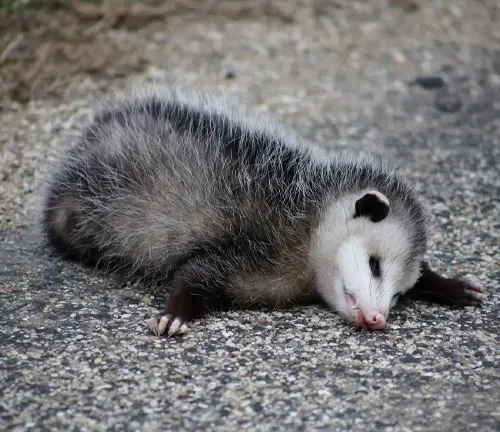
Nocturnal Lifestyle
Southern Opossums are primarily nocturnal animals, meaning they are most active during the night. This behavioral adaptation allows them to avoid diurnal predators and reduces competition for food with other daytime foragers. Their keen night vision and acute senses help them navigate and locate prey in low-light conditions.
Versatile Diet
Southern Opossums are opportunistic omnivores with a varied diet. Their ability to consume a wide range of foods, including fruits, insects, small mammals, carrion, and even garbage, enhances their chances of finding food in diverse environments. This dietary flexibility allows Southern Opossums to exploit a variety of habitats and food sources, contributing to their survival in different ecosystems.
Prehensile Tail
Southern Opossums possess a prehensile tail, which is adapted for grasping and climbing. This unique appendage provides them with additional support and balance while navigating tree branches and other elevated surfaces. The prehensile tail also enables them to carry nesting material, food, and their young, further enhancing their adaptability and survival in arboreal habitats.
Opposable Thumbs on Hind Feet
Another distinctive adaptation of Southern Opossums is the presence of opposable thumbs on their hind feet. These specialized thumbs allow them to grasp and manipulate objects, aiding in activities such as climbing, foraging, and grooming. The opposable thumbs increase their dexterity and efficiency in handling various tasks, contributing to their overall survival in their environment.
Scent Marking and Communication
Southern Opossums use scent marking as a form of communication and territory defense. They possess scent glands located near their anus, which they use to mark their territories and communicate with conspecifics. Scent marking helps establish dominance, deter rivals, and attract potential mates, enhancing their reproductive success and social interactions.
Rapid Reproduction Rate
Southern Opossums have a rapid reproductive rate, with females capable of producing multiple litters in a single year. This reproductive strategy allows them to quickly replenish their population in response to predation or other environmental pressures. The ability to breed year-round and produce large numbers of offspring enhances their resilience and population stability in the wild.
Ecological Role
Southern Opossums play a crucial ecological role in their native habitats as both predators and prey. As opportunistic omnivores, they help regulate populations of insects, small mammals, and other prey species, thus contributing to ecosystem balance. Their scavenging behavior also aids in nutrient cycling by consuming carrion and recycling organic matter. Additionally, Southern Opossums serve as prey for larger predators, including carnivorous mammals, birds of prey, and reptiles, thereby contributing to the food web and maintaining biodiversity.
Conservation Status
The Southern Opossum, Didelphis marsupialis, is not currently considered endangered or threatened. While localized populations may face threats such as habitat loss, fragmentation, and vehicle collisions, the species as a whole remains widespread and relatively abundant throughout its range. However, ongoing habitat destruction and human-wildlife conflicts pose potential challenges to Southern Opossum populations, highlighting the importance of conservation efforts to protect their habitats and promote coexistence with humans.
Human Interaction
Southern Opossums frequently interact with humans, particularly in urban and suburban areas where their habitat overlaps with human development. While some people may view opossums as pests due to their scavenging behavior and occasional presence in residential areas, they provide valuable services such as pest control by consuming insects and rodents. However, conflicts can arise when opossums raid garbage cans or take up residence in attics or crawl spaces. Proper waste management and humane exclusion techniques can help mitigate these conflicts and promote peaceful coexistence between humans and opossums.
Research and Studies
Scientific research on Southern Opossums encompasses various aspects of their biology, behavior, ecology, and conservation. Studies have investigated topics such as reproductive biology, diet and foraging behavior, habitat use and movement patterns, population dynamics, and the impact of environmental factors on opossum populations. Researchers utilize field observations, trapping and marking techniques, genetic analyses, and other methods to gain insights into opossum ecology and inform conservation strategies.
Myths and Misconceptions
Southern Opossums are often subject to myths and misconceptions due to their unique appearance and behaviors. One common myth is that opossums carry rabies at a high rate, but in reality, they are less likely to transmit the virus compared to other wildlife species. Additionally, the belief that opossums are aggressive or pose a significant threat to humans and pets is largely unfounded, as they are generally docile and prefer to avoid confrontation. Another misconception is that opossums are rodents, when in fact they belong to the order Didelphimorphia and are marsupials, more closely related to kangaroos and koalas.
Interesting Facts
- Southern Opossums are one of the oldest mammalian lineages, with fossil records dating back over 60 million years.
- They have a remarkable immune system that enables them to resist venom from snakes and other venomous creatures.
- Southern Opossums have a low body temperature compared to other mammals, which may contribute to their resilience in harsh environments.
Role in Pest Control
Southern Opossums are valuable allies in pest control, consuming a variety of agricultural pests such as insects, slugs, and rodents. Their diverse diet and scavenging behavior help reduce populations of nuisance species, making them beneficial to farmers and gardeners alike.
Different Species
Virginia Opossum
(Didelphis virginiana)
Found primarily in North America, this species is the most well-known opossum and is often referred to simply as the opossum. It is known for its adaptability to various habitats and its characteristic behavior of playing dead when threatened.
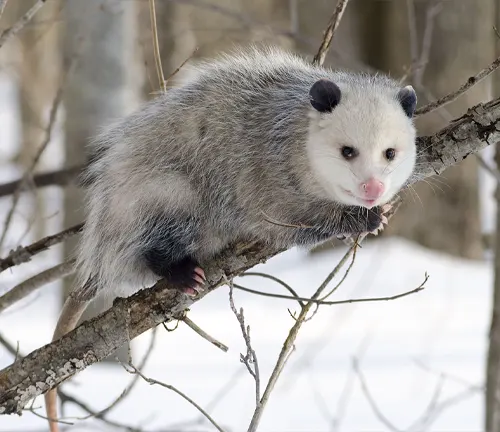
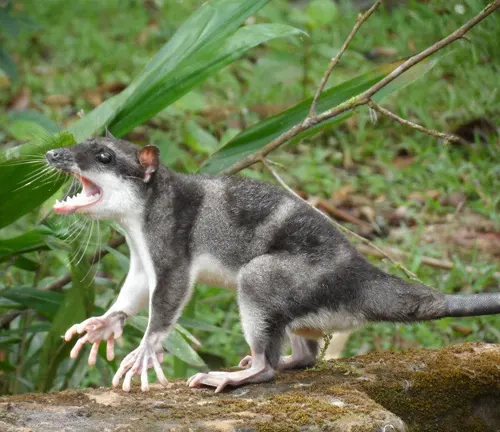
Water Opossum
(Chironectes minimus)
Also known as the yapok, this species is native to Central and South America. Unlike other opossums, it is semi-aquatic and spends much of its time in and around water, feeding on aquatic prey such as fish, crustaceans, and amphibians.
Mexican Mouse Opossum
(Marmosa mexicana)
Found in Mexico and parts of Central America, this small species of opossum is nocturnal and arboreal, often inhabiting forested areas. It feeds primarily on insects and fruits.

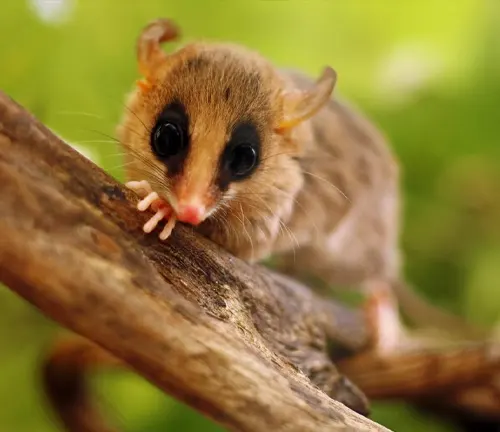
Brazilian Gracile Mouse Opossum
(Gracilinanus microtarsus)
Native to Brazil and other parts of South America, this species is known for its slender build and long tail. It is primarily insectivorous but may also consume fruits and small vertebrates.
Black-eared Opossum
(Didelphis aurita)
Endemic to Brazil, this species is characterized by its distinctive black ears. It inhabits a variety of habitats, including forests, grasslands, and urban areas, and feeds on a diverse diet of fruits, insects, and small animals.
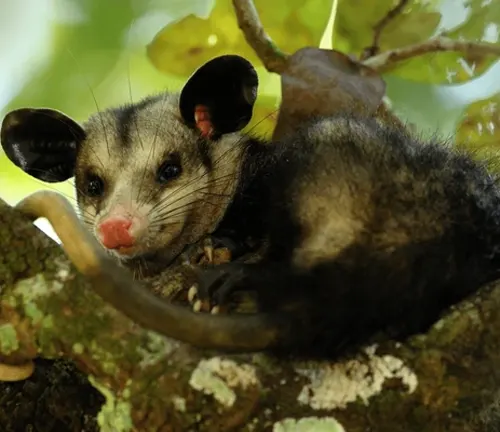
Frequently Asked Questions (FAQs)
- Are Southern Opossums nocturnal or diurnal animals?
Southern Opossums are primarily nocturnal, meaning they are most active during the night. - What do Southern Opossums eat?
Southern Opossums are opportunistic omnivores and feed on a varied diet that includes fruits, insects, small mammals, carrion, and even garbage. - How long do Southern Opossums live in the wild?
The lifespan of Southern Opossums in the wild is typically one to two years, although some individuals may live longer in captivity. - Do Southern Opossums hibernate during the winter?
Southern Opossums do not hibernate, but they may become less active during cold weather and seek shelter in dens or other protected locations. - Can Southern Opossums climb trees?
Yes, Southern Opossums are adept climbers and use their prehensile tails and opposable thumbs to navigate tree branches. - Do Southern Opossums carry diseases?
While Southern Opossums can carry diseases such as leptospirosis and tuberculosis, the risk of transmission to humans is low with proper precautions. - How many babies do Southern Opossums have at a time?
Female Southern Opossums can give birth to litters of up to 20 young, known as joeys. - Are Southern Opossums territorial?
Southern Opossums are solitary animals for the most part but may tolerate the presence of conspecifics in overlapping territories. - What predators do Southern Opossums have?
Predators of Southern Opossums include larger mammals such as coyotes, foxes, owls, and domestic dogs and cats. - Can Southern Opossums swim?
While not as proficient swimmers as some other species of opossums, Southern Opossums are capable of swimming if necessary. - Do Southern Opossums play dead when threatened?
Yes, playing dead, or “playing possum,” is a common defense mechanism of Southern Opossums when faced with a threat. - Are Southern Opossums endangered?
Southern Opossums are not considered endangered and have a stable population overall, although they may face localized threats in certain regions.




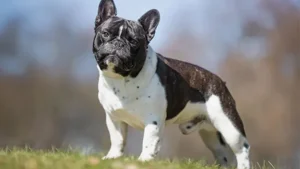
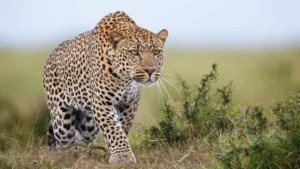
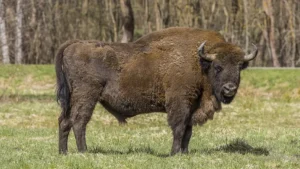
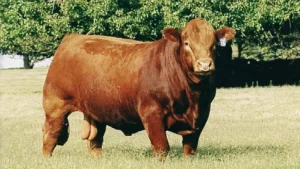

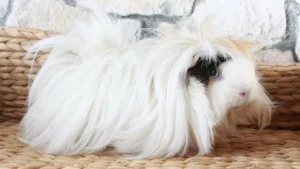

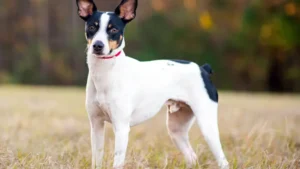


Leave your comment